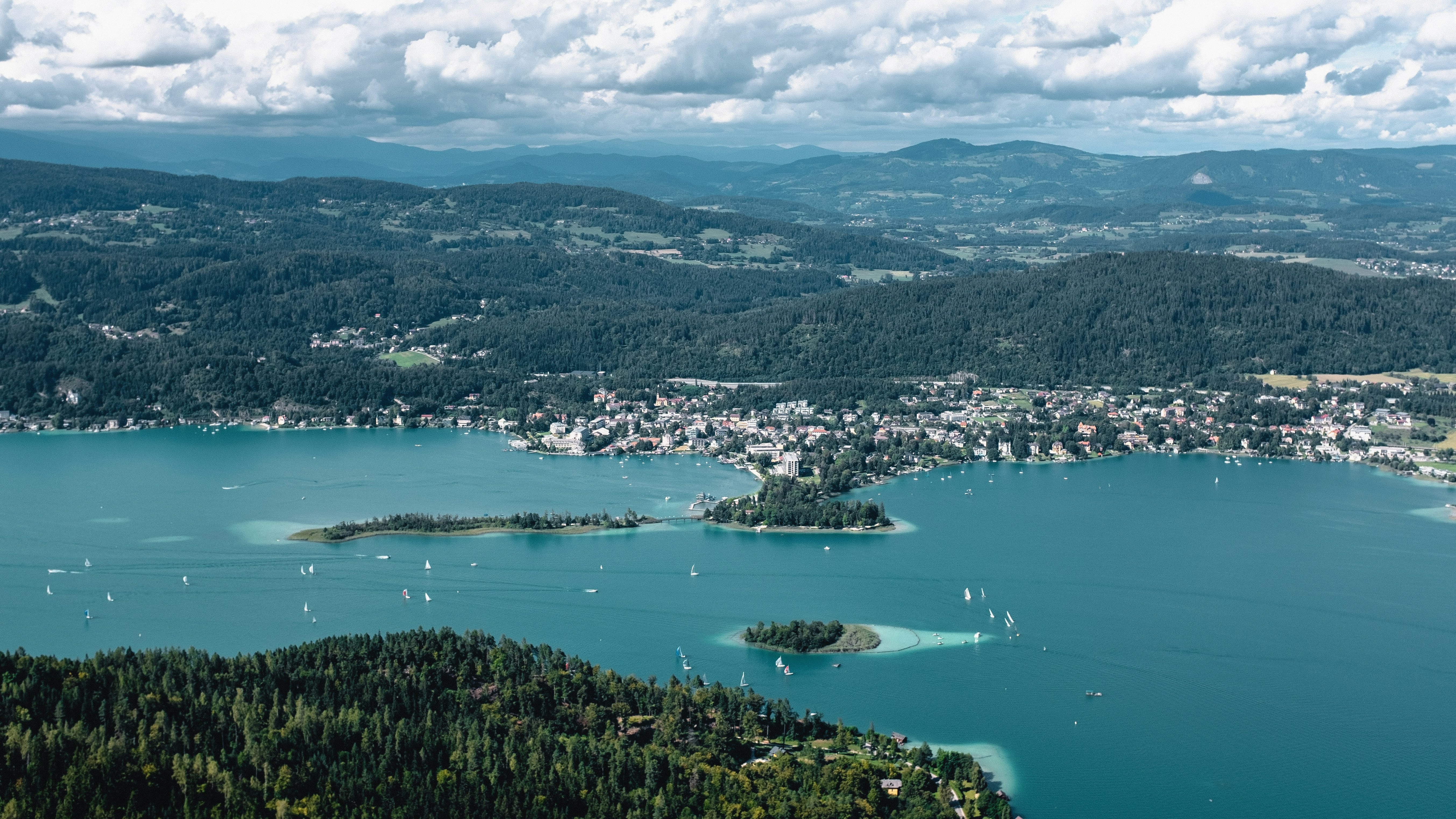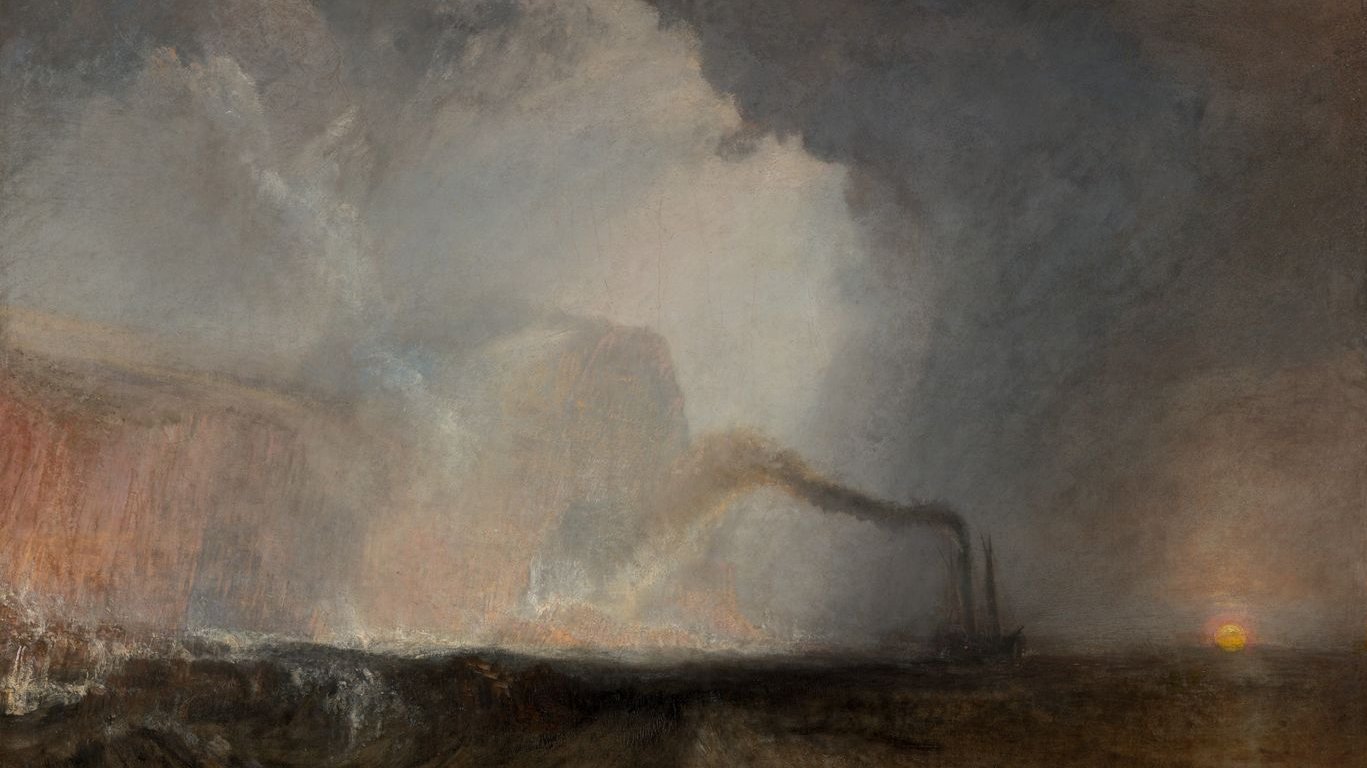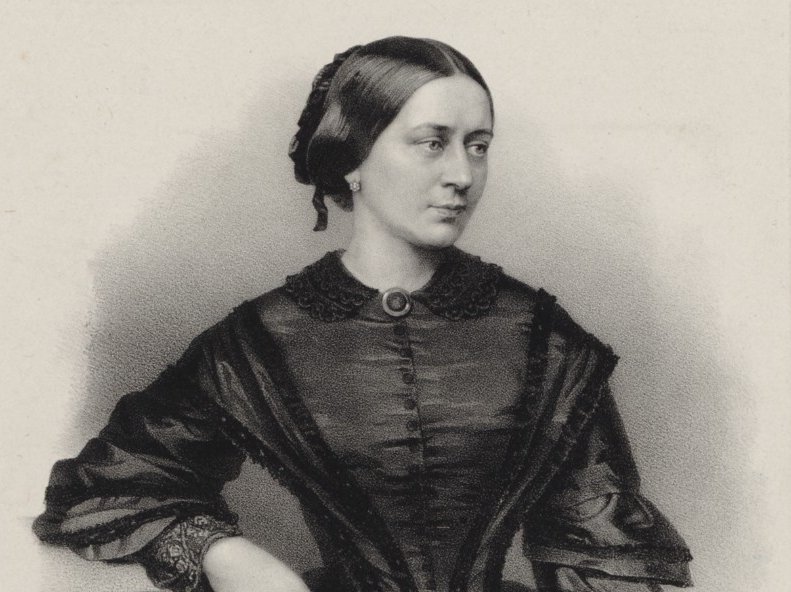
We were going to call this text “Where and how composers went on holiday” – or, for US readers, “Where and how composers went on vacation”. The term “holiday” dates back to an Old English name for the Sabbath; in 19th century America, that term was replaced by “vacation” when New York’s well-to-do declared that they would “vacate” their residences in town for their retreats in the country. Whichever word you use, the gist is the same: staying away from the workplace. But the question of where composers spent their free time could be answered with just one word: Nowhere. The fact is, many composers escaped from their daily routine precisely in order to work – undisturbed. They traveled to find inspiration, and at the very least, they had secretly packed some sheets of manuscript paper. The work that, by definition, should have been left at home was thus always part of their luggage. We should perhaps expand the definition of holiday or vacation to mean “a longer-term stay away from domestic routine”, and to rewrite our initial title accordingly: Where and how composers spent their summers.
Inspiration in the Hebrides: Mendelssohn in Scotland
We are in 1829 Berlin, where the 20-year-old Felix Mendelssohn is just packing his bags. He’s young and thirsty for knowledge and adventure – this will be a Bildungsreise, an educational journey. To his friend Karl Klingemann, he has written: “Next August I am going to Scotland, with a net for catching folksongs, an ear for the lovely, fragrant countryside, and a heart for the bare legs of the natives.” From the moment he arrives, he finds creative inspiration in the culture and the landscapes. During a stopover in Edinburgh he takes the opportunity to describe his impressions to his parents: “I believe I found the opening of my Scottish symphony today.” The highlight of his three-week trip is an outing to the Hebrides islands, a fabled archipelago west of the mainland. Somewhere on the isle of Staffa, after visiting Fingal’s Cave, Mendelssohn must have found a calm spot to jot down the 21-bar sketch of his Hebrides Overture and “to make clear what a strange mood has come over me in the Hebrides”.

In search of solitude: Mahler at Lake Wörth
The quiet of a cave, the remoteness of the mountains – Gustav Mahler yearns for such an atmosphere. Even a secluded inn is too loud for him. So he a “composing” hut built for himself on the shore of Lake Wörth in Carinthia. His wife Alma describes it as simply a large stone room with three windows and a door. In the corner a piano, on the shelves Goethe, Kant and Bach – and that’s it. In the peace of this idyllic natural setting, Mahler works on his Symphonies 5 to 8. From 1900 to 1907, the composer spends its summers on the lake – until four-year old Maria, the couple’s eldest daughter, dies of diphtheria and scarlet fever there. To return is now unthinkable; instead, Mahler finds a new retreat in South Tyrol. We, however, will come back to Lake Wörth, but first we’ll be crossing the Alps, heading north.
At the summit: In the Alps, Strauss has stones hurled in his face
Here we meet Richard Strauss gazing at the summit of the Heimgarten, which he scaled as part of a “large mountaineering party” in August 1879, aged 15: “At 2 o’clock in the morning we rode on a cart to the village that lies at the foot of the mountain. Then we ascended by lantern light in pitch darkness, arriving at the summit after a 5-hour trek. The view from there is magnificent...Then we crossed the lake to Uhrfelden...Already on the way there, a terrible storm hit us, uprooting trees and hurling stones in our faces.” What an adventure! “The next day I performed the whole trip on the piano. Vast tone paintings, of course, and a lot of nonsense (à la Wagner).” For the next 35 years, he would carry around the idea of depicting this excursion in a symphony, until the music finally flowed out of him “like milk from a cow”. The result: his Alpine Symphony.
A regular daily routine: Brahms at Lake Wörth
Back at the beautiful Austrian lake, we meet Johannes Brahms on his way from Italy to Vienna. Unlike the young Mendelssohn or Strauss, Brahms, who is already rather staid, prefers a more settled life: staying from the beginning of autumn until Christmas in Vienna, followed by travel, often including concerts. On the way home from one of these trips he discovers, by chance, the place that will become his favourite abode for the coming years: “Pörtschach by the Lake is the name of our place... It is lovely here: lake, forest and blue mountains arching above, shimmering white in the pure snow; crayfish abound.” For three summers, between 1877 and 1879, he ensconces himself here, and, as always for Brahms, the summer holiday means composing.
Throughout all this, Brahms keeps up his strict daily routine: homemade breakfast with strong coffee between 4 and 5 am, followed by a dip in the lake and a ramble through the hills and valleys, where melodies “fly so thick that one must take care not to tread on them”. These need to be committed quickly to paper, so that nothing is lost. Afternoons find Brahms at his regular table in the “Weisses Rössl” inn, evenings relaxing with friends to the strains of Carinthian folk music. When he returns to Vienna after one summer with his Second Symphony in tow, his friend Theodor Billroth is enraptured by the new work: “It’s all blue sky, trickling springs, sunshine and cool, green shade. How beautiful it must be on Lake Wörth!”
Travels with Brahms: Clara Schumann in the Rhine Valley
And where Brahms goes, Clara Schumann won’t be far behind, even on holiday – for instance, in the summer of 1855, when they undertake a walking tour of the Rhineland together. Here, not far from that Romantic hotspot, the Lorelei, Clara feels at ease: “The trip through the Rhine Valley was highly enjoyable,” according to the Schumann biographer Berthold Litzmann, “less so, the tour company, with which Brahms soon parted ways.” Clara is similarly unable to leave her work at home. In nearby Bad Ems a concert is quickly organized with the “Swedish Nightingale”, Jenny Lind. But, uncompromising artist to the core, Clara ignores prior warnings and fails to take the spa audience’s tastes into account in choosing repertoire.
Inevitably, disappointment follows: “How degraded I felt by an audience which could not understand any of my pieces, and made no attempt to do so, but which cared only for Jenny Lind. I fought to hold back the tears.” Although the vacation mood is spoiled, the vacation coffers are now well filled. Brahms packs his rucksack "with everything we needed,” and assiduously takes on the role of guide and trip leader. Clara slips impressions of these outings on the Rhine into her setting of Heine’s poem The Lorelei: “The air is cool, it is growing dark, / and the Rhine flows calmly by; / the mountain-top sparkles / in the evening sunshine.”
A winter holiday and a desert golf course: Ethel Smyth in Egypt
Clara Schumann was fortunate to have Brahms as her congenial travel companion. Until well into the 20th century, it was uncommon, if not actually frowned upon, for women to travel on their own. Ethel Smyth, who has met Brahms and Clara Schumann, isn’t much bothered by such fusty conventions. Nor does she care about seasons; it is winter 1913 when she is in urgent need of rest and recreation, embarking upon what she calls her “Flight into Egypt”. What is she fleeing from? As a member of the Women’s Social and Political Union, Smyth has been a leading light in the struggle for women’s suffrage in Britain for the past two years. It has been exhausting work, not least because it included a two-month stay in Holloway Prison.
A music-loving British diplomat in Egypt recommends a sojourn in Helouan. Smyth is keen. When she learns there is a desert golf course nearby, she immediately books a room. And her acquaintance also sees to it that she travels in suitable company: tennis, golf and literary enthusiasts. In place of musical conservatives, there are camel-drivers as far as the eye can see. She even succeeds in winning over a “rather pompous old Scotsman... Director General of something, I never knew what” to the suffragist cause on the golf course. Her most exciting adventure is a visit to a camel bazaar: a ride through the desert, gazelle soup, camping under the stars. But Ethel Smyth can’t do without work either; large parts of her opera The Boatswain's Mate are created in Egypt.

Felix Mendelssohn as traveller
Mendelssohn went on a three-year educational trip in his early twenties and brought back a great deal of inspiration for his later works.

Richard Strauss’s “An Alpine Symphony”
Introduction to a monumental work. The Alpine Symphony, which was written between 1911 and 1915, is indeed huge.

The woman of the century
Although she is often remembered chiefly as the wife of the composer Robert Schumann, in her own day, Clara Schumann led a high-profile life as a pianist, composer and teacher.